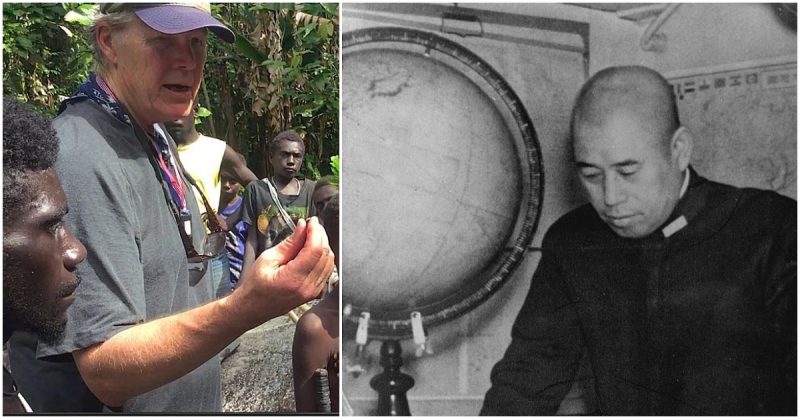Anderson Giles is a retired professor at the University of Maine at Presque Isle. On a recent trip to the island of Bougainville in the South Pacific, he discovered a gold tooth that he believes belonged to the Japanese admiral that planned the attack on Pearl Harbor.
Giles was leading an expedition to explore remote World War II battle sites in Papua New Guinea and the Solomon Islands during the summer of 2015, when he made the discovery. The trip was organized and financed by Richard Portillo.
Portillo is an ex-Marine and a restaurateur from Chicago. He spent over a year deciding on the sites the group would visit, chartering the ship and gathering a group of WWII veterans’ families, photographers, and ex-Navy SEALS. The group stopped at each site and paid their respects to the veterans who fought there.
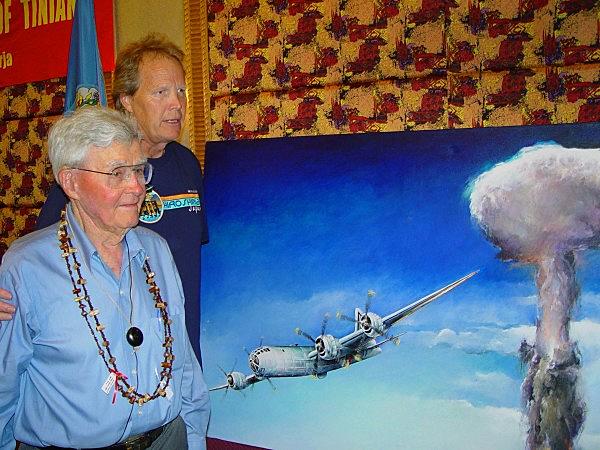
Giles was invited by Portillo to serve as a guide since the professor has had a long career in studying the geography and history of the area. It has been Giles’ passion to research the Pacific Theater of WWII.
Giles’ father served in the war as a member of the 4th Marine Division. He fought in Saipan, Tinian and Iwo Jima. He was killed near the end of the Korean War when Professor Giles was just four years old. Giles has worked for over twenty years to preserve the history of WWII in the Pacific.
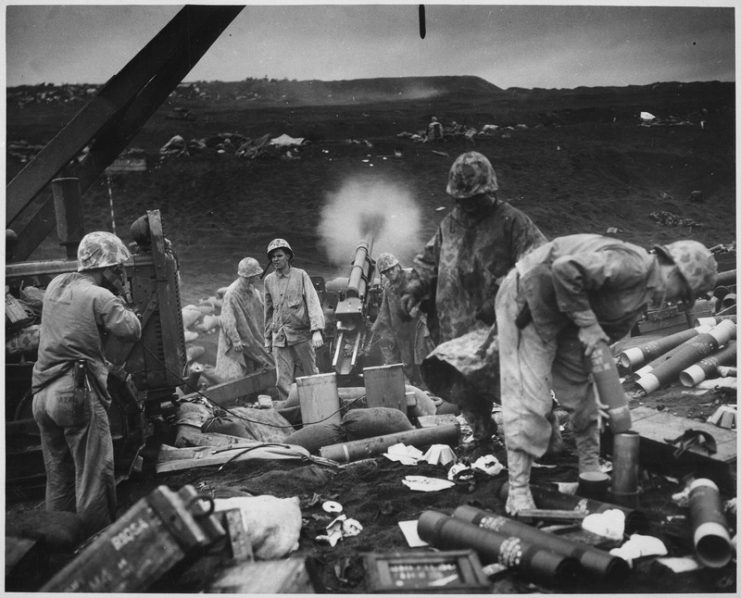
One of the sites on the trip was the island of Bougainville where Admiral Isokuru Yamamoto was killed when the Mitsubishi B4M “Betty” bomber he was in was shot down. Yamamoto was the commander of Japan’s Combined Fleet. He designed the attack on Pearl Harbor and was considered one of the top strategic planners in Japan’s military.
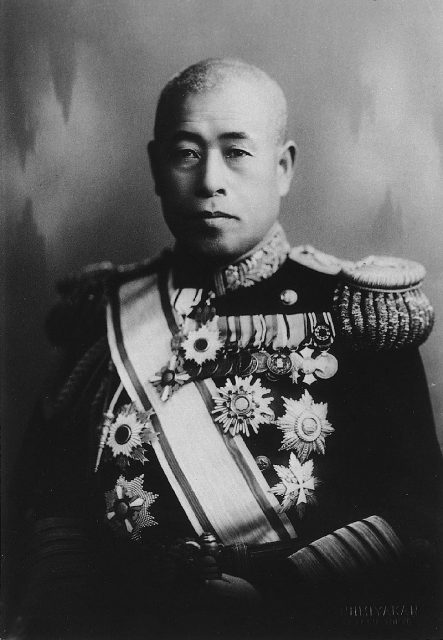
In April of 1943, acting on intelligence gathered from broken Japanese codes, US P-38 fighters intercepted Yamamoto’s plane and shot it down. Yamamoto was heading to the front lines to boost the morale of the troops.
The wreck has lain in a remote jungle location for over 70 years. The dense jungle and intense heat made the search for survivors difficult. When the search crew arrived at the crash scene two days later, they reported that they found Yamamoto still strapped in his seat in near perfect condition. His remains were cremated.
This version of events has been accepted in Japan for more than 70 years. There are a small number of authors who have questioned the official story. They believe the story was made up in order to preserve Yamamoto’s mythical status among the Japanese.
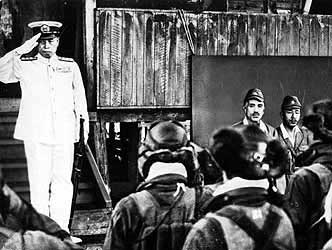
When the tour group reached the site of the wreckage after a 15-mile drive through the jungle followed by a hike of over 2 miles in 95-degree heat, Giles determined that no one could have come out of that wreck without being severely injured.
While walking near where Yamamoto’s seat would have been when the plane hit the ground, Giles saw something glint in the mud. Picking it up, he discovered that it was a gold tooth.
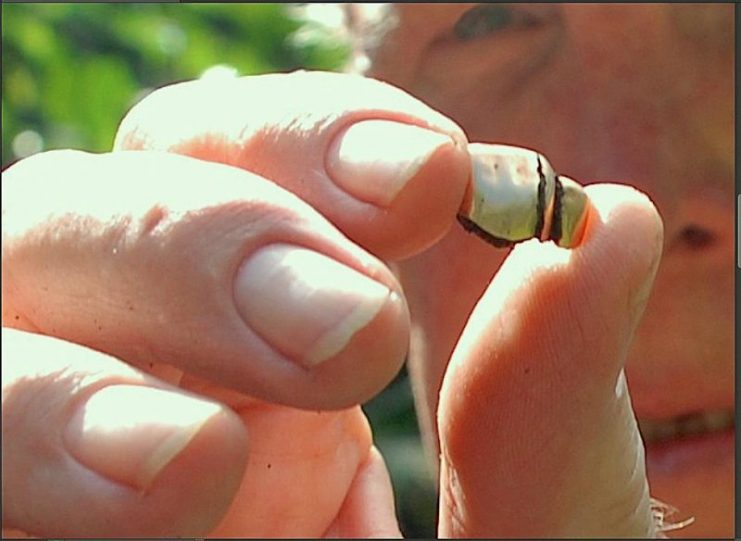
According to Giles’ research, Yamamoto was killed by a .50-caliber bullet to his jaw. The impact of the bullet would have shattered his teeth and killed him before the plane hit the ground. His body would then have been thrown out of the cockpit. Giles realized that he could very well be holding Yamamoto’s tooth.
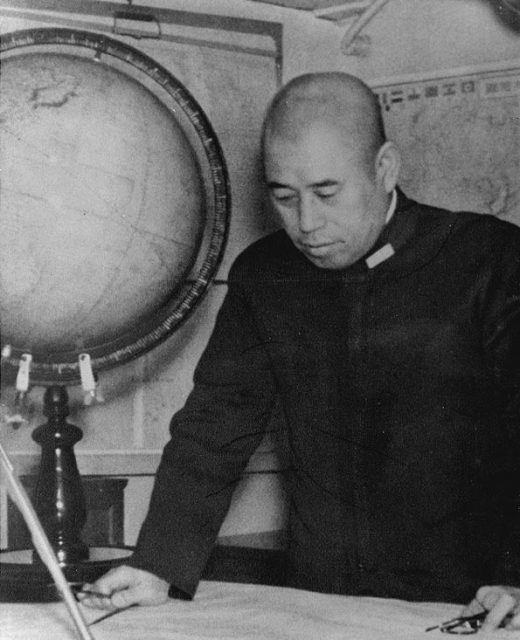
The group turned the tooth over to Papua New Guinea customs who gave it to the landowner. After negotiating for a year and paying $14,000, Portillo had the tooth shipped to the US. The tooth has been examined by dental experts who agree that the tooth is a rare specimen from the WWII era and would only have been available to someone of high status. The experts also found evidence that the tooth had been violently separated from its owner’s body.
According to Giles, if they prove that the tooth did belong to Yamamoto, then the myth of the admiral being found sitting peacefully in his seat with his hand on his sword will no longer be believable.
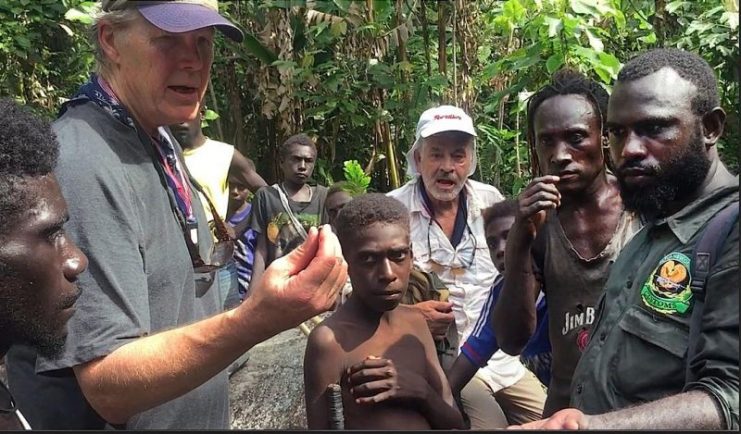
There are researchers in Japan searching for Yamamoto’s dental records. There is also discussion about possible testing for DNA. Unfortunately, most Japanese military officers were photographed with stern countenances, not smiles, so there is little photographic evidence to assist.
Read another article with Original Footage of the Mission to Shoot Down Yamamoto’s Plane
The one picture that shows where the tooth would likely have been located shows something unusual about the tooth in that area, but it is not clear enough to say whether it is a gold tooth.
